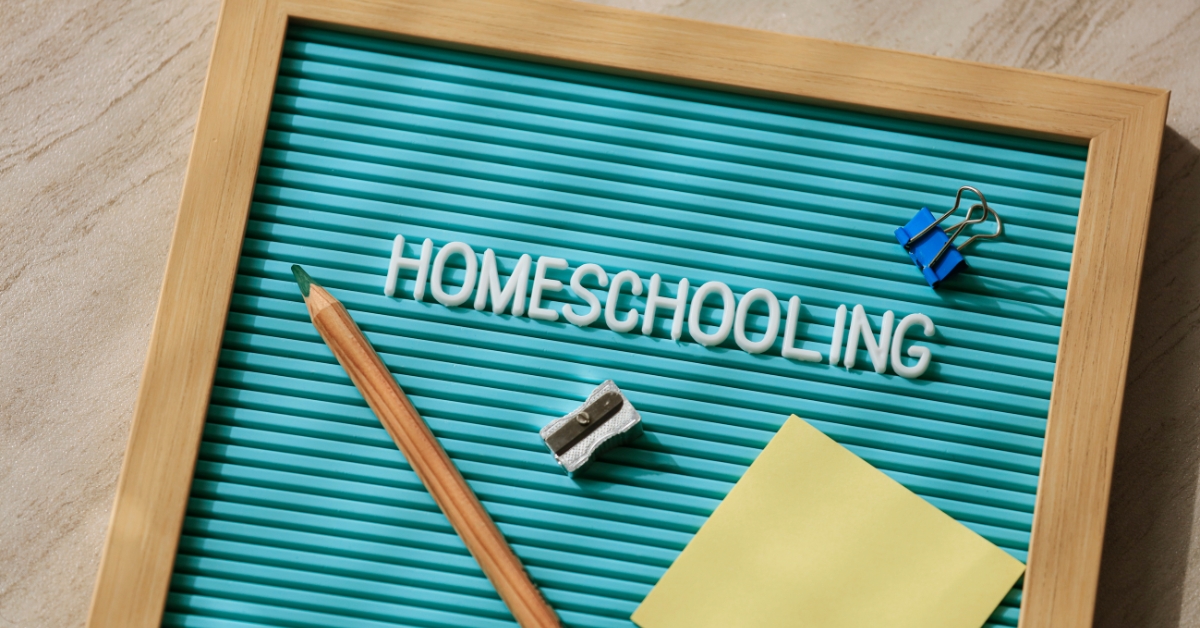Have you ever wondered how a car accelerates or why a ball falls to the ground? Physics is at the heart of these actions, and it’s happening all around us every day. The laws of nature are not just theoretical concepts confined to textbooks; they are tangible, observable phenomena that we encounter in our daily […]



